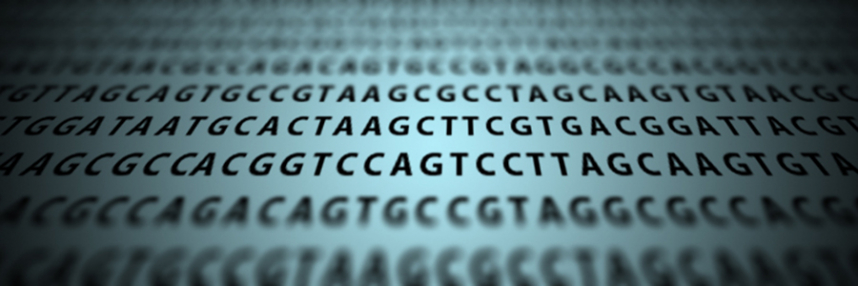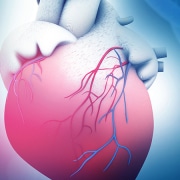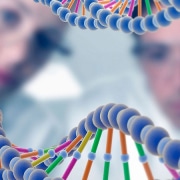DNA sequencing and data: a combined revolution in healthcare
Advances in both genomic and digital technologies bring both opportunities and challenges for the health sector
A recent debate held by the pharmaceutical company Astellas at the Royal Institution in London was attended by a cross-section of the great and the good from the clinical and genomics communities.
Led by an expert panel, the meeting considered important developments for healthcare: the rapid advance of both DNA sequencing techniques and a wide variety of digital technologies.
We’ve come so far
It is increasingly feasible to sequence a whole human genome at relatively high speed and low cost: at just a few days, for around $1,000. That’s a sharp contrast to production of the very first human genome sequence in 2003, which took a massive international coalition of researchers more than a decade to complete, at enormous cost. This advance opens up exciting new possibilities for better disease prediction, prevention, diagnosis and treatment.
Simultaneously, there is a significant movement towards digital healthcare: the application of information and communication technologies to address health problems. This covers an enormous range of activity, from electronic patient records and the use of innovative medical sensors and wireless devices, through to the growing use of health-related smartphone apps and social networks. Such digital developments, if properly harnessed via interconnected systems, could help us to deliver healthcare more efficiently and effectively.
DNA sequencing = big data
These two converging ‘revolutions’ are incredibly interconnected in two key respects.
First, they both revolve around the use of what is termed ‘big data’: massive datasets. At 3,000 million base pairs, a human genome sequence is a serious amount of electronic information, even before you start to analyse and make sense of it. Similarly, streaming multiple sources of real-time health data, such as blood glucose levels or blood pressure measurements, requires significant computational resources. Methods to store, protect, share and evaluate different forms of big data, not least genomic data, are of great importance for healthcare.
Secondly, moves towards personalised medicine are focused on a shift from a ‘one-size-fits-all’ treatment approach to a more bespoke version. Genomic and other forms of health data are creating new opportunities to distinguish between different sub-groups of clinical disease and patients, to use different treatments likely to be most effective for individuals, and to monitor and manage their impact. Of course, health professionals try to deliver care tailored to the individual already, but there is increasingly scope to improve health outcomes building on better personalisation of treatment.
With great power…
Methods to store, protect, share and evaluate different forms of large and complex data – including but not limited to genomics – are therefore of great importance for health. The recent debate summarised both the promise and possible pitfalls posed by personalised healthcare as the divide between “panacea or Pandora’s box”.
Panacea because some are so enthusiastic about the potential to deliver better health that they may gloss over the real challenges we face in putting it to best use in clinical practice.
Pandora’s box, because some fear that genomic and other personal health data might be misused, or misdirect resources. This is why ongoing public engagement, ethical scrutiny, economic evaluation and appropriate legal and regulatory oversight will remain crucial pillars of the genomic revolution in healthcare.
Find out more
Our Introduction to Bioinformatics course looks at the challenges of handling health data in the genomic era. This free two-hour course is aimed at health professionals with an interest in health informatics.
As part of the course, we spoke to Genomics England’s ethics committee chair Professor Michael Parker and information governance consultant Malcolm Oswald about some of the key ethical and legal considerations around genomic data. Click below to see what they had to say.
To find out more about HEE’s genomics training and education, visit our courses page.
–









